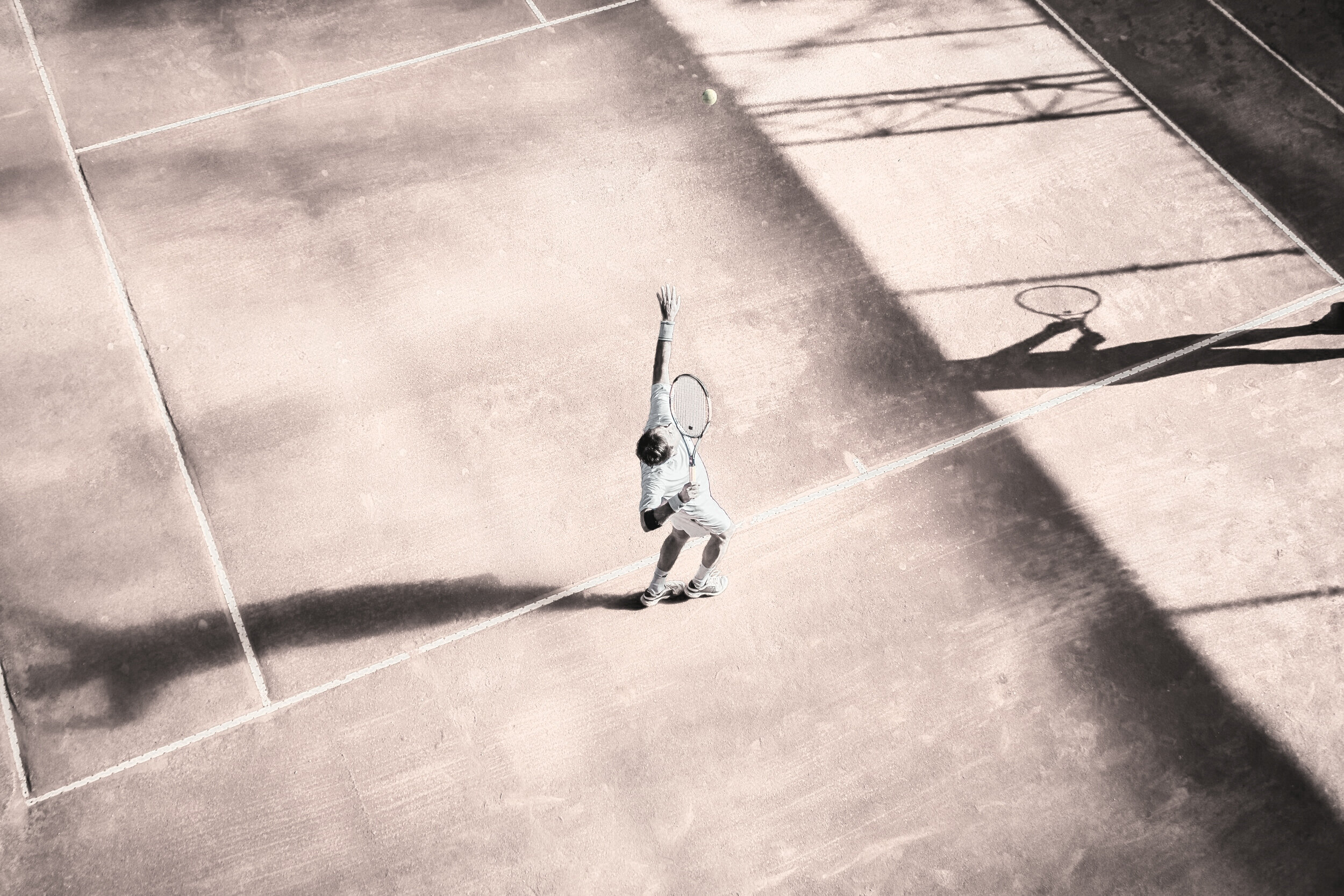Golfers & tennis elbow release
Why might I need surgery for golfers or tennis elbow?
If your symptoms do not settle with an appropriate trial of non-operative measures and if the pain is disabling, you may require surgery. Mr Moverley will exclude other causes of pain around the elbow such as arthritis or nerve irritation prior to offering surgery
What does surgery involve?
On the day of surgery you will be admitted to the ward or surgical admission area. You will once again meet Mr Moverley who will ensure you are still happy to proceed and that you understand the risks and benefits of the procedure. This is a good opportunity for you to ask any further questions. You will be asked to sign a consent form if you have not already done so.
You will meet your anaesthetist who will explain the type of anaesthetic you will receive. Most golfers and tennis elbow surgery requires a general anaesthetic but it can be performed under a nerve block so that the arm will be numb (and you will be awake) for approximately 12 hours post operatively.
Surgery may be performed ‘open’ or arthroscopically (keyhole). Keyhole surgery is useful in cases where the diagnosis may not be clear or the clinical features are unusual, as arthroscopy allows the elbow joint to be fully assessed.
The aim of a golfers or tennis elbow release is to remove the diseased tendon tissue, which is the source of the pain. This in turn creates an environment for the normal tendon to heal.
The wounds are repaired with stitches and covered with a splash proof dressing. The wounds should be kept dry for 10-14 days.
What happens post operatively?
Immediately after surgery your arm will be in a sling, you will have a soft bandage that can be removed after 48 hours. You will be given painkillers if you are in any pain, and these will also be provided upon discharge.
A physiotherapist will assess you to make sure that you can remove and apply the sling safely. They will provide some early exercises to help prevent stiffness of the elbow.
How long is the rehabilitation process?
A sling will be provided to rest the elbow but this should usually only be used for the week or two after surgery, this to prevent long-term stiffness.
Physiotherapy is individualised to your specific needs and will progress with the following goals
· Early (1-2 weeks): Minimize post-operative stiffness with active finger, wrist and elbow movements. Aim to progress to full active range of movement as pain allows.
· Middle (2-6 weeks): Commence eccentric loading exercises. (link to eccentric physio program)
· Late (6-12 weeks and beyond): Strengthening program once pain is starting to settle. Graded return to all previous functional and recreation activities after 12 weeks.
How long will it be before I can…?
Drive 2 weeks
Desk job 2 weeks
Manual work 12-16 weeks
Golf 16 weeks
Racquet sport 16 weeks minimum
Contact sport 6 months
Pain can persist for 6 months post operatively.
What are the potential risks and complications?
As with any operation, a small number of people may have problems after tennis or golfers elbow release. Most of these problems are quite minor and can be treated easily. The main risks are:
Infection
Bleeding
Nerve injury
Elbow stiffness
Continued discomfort (10-15% of cases)
Is tennis or golfers release always successful?
Tennis or golfers elbow release leads to a sustained improvement in symptoms in 85-90% of cases. While these statistics are encouraging, the results of tennis or golfers elbow release are therefore not guaranteed which is why Mr Moverley will want to exhaust non-operative measures before proceeding.

